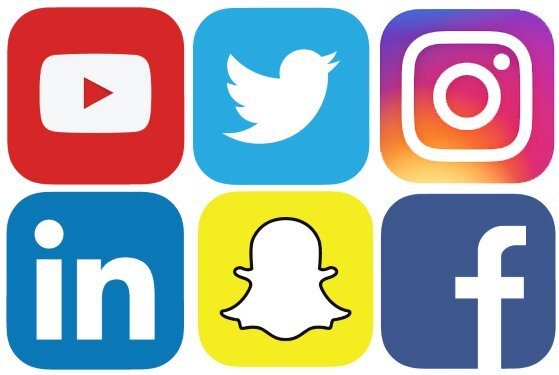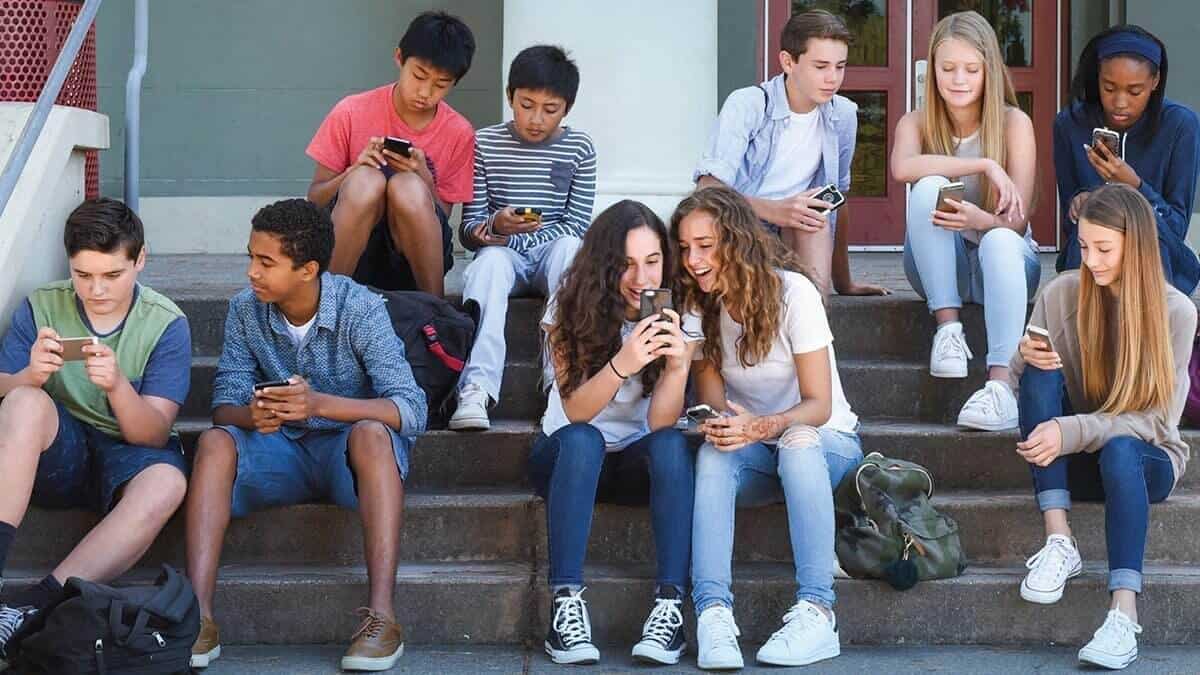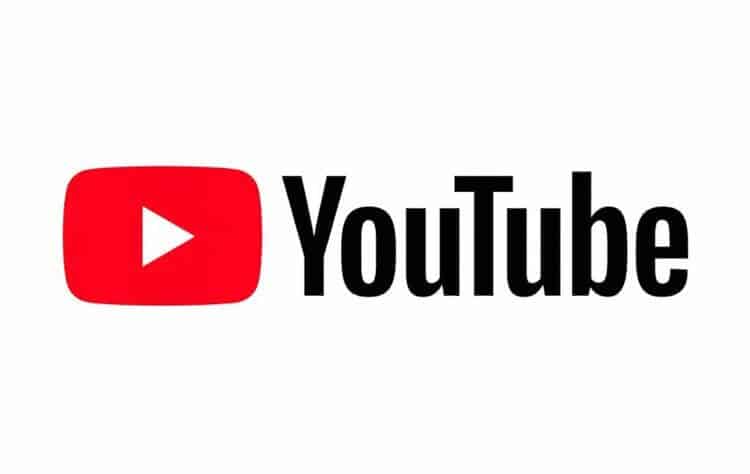
SIGNS OF THE TIMES: INTEGRATING EMOJIS, SYMBOLS, AND SOCIAL MEDIA IN THE 21ST CENTURY LITERACY LESSON

“But, she always has her head stuck in that phone.”
A quick glance around at a group of teens congregated in a shopping mall, or gathered on the high street, will quickly reveal the overwhelming preoccupation of our young people with technology.
And is it any wonder?
Cellphones, laptops, and tablets all abound, and the draw of these smart gadgets is all but irresistible – as any parent who has struggled to part their child from their phone long enough to finish their homework knows.
In the face of this almost all-powerful distraction, how can we as teachers press-gang this technology into the service of our educational objectives?
How can we enlist this powerful tool to aid us in teaching literacy skills?
In this article, we will look at how we can incorporate emojis, symbols, and social media in teaching literacy skills.
Rather than seeing these developments as regressions, we can see them in the light of the ongoing evolution of communication and embrace them accordingly within the classroom.
1. EMOJIS & SYMBOLS

LIKE IT OR NOT, EMOJI ARE A MAJOR COMMUNICATION TOOL MOVING FORWARD.
From the cave paintings of Lascaux, through the hieroglyphs in ancient Egypt, to the masterpieces of James Joyce, the history of the written word seems to be one of ever-growing complexity.
Until recently, that is.
Many an English teacher would slump head in hands at a peep over a teenaged shoulder to spy at a message being composed on a cell phone today.
The rules of grammar have largely been cast aside. The rules of spelling have become a free-for-all. Paragraphing has gone the way of the Dodo.
But that’s not all. Words are not only giving way to abbreviations – but little yellow faces now display various facial contortions and symbols routinely replace nouns.
There’s not much to LOL about here ?
Teenage thumbs are now tapping out as many emojis and symbols as words. Possibly more.
While we can’t control how younger generations choose to communicate, we can control how we react to these developments in our modes of communication.
We must find ways to leverage them for literacy learning within the classroom. Luckily, in the case of emojis and symbols, Literacy draws on a broad range of skills.
Some of these skills are verbal, and some we could classify as non-verbal. All are linked by the desire to communicate. Emojis offer a wide range of symbols that express and communicate in a nonverbal way by conveying hand gestures, facial expressions, and body language.
Here, the pickings are plentiful for adaptation in the literacy lesson.
Now, let’s take a look at some ways we can utilize these interesting developments in the classroom
ANNOTATE, THEN ORATE
In this activity, encourage students to annotate their speech or script for a presentation by recording appropriate gestures, facial expressions, and other body language over the appropriate part of their written script.
This will serve as an easy means to record the appropriate expression they wish to accompany and reinforce their message as they deliver their oratory,
This will also encourage students to consider aspects of communication other than the spoken word when they are making oral presentations.
A PICTURE SPEAKS A THOUSAND WORDS
Any news photographer will tell you that a picture speaks a thousand words. And while there may be some truth in the old cliche, a wide variety of interpretations are possible of most photographs, illustrations, and pictures.
In this activity, students use emojis to tell a story – either an original tale or a well-known classic. When they are finished ‘writing’ the story exclusively in emojis, they pass it to their partner without explanation. The partner then ‘reads’ the story back to the writer interpreting the emojis as they understand them.
This is a great activity to reveal the active role the reader plays in interpreting a ‘text’, whether verbal or pictorial in nature.
VOCABULARY BUILDING
While traditionalists will often see the rising popularity of the heart emoji, fire emoji, face emoji and symbols as a denigration of our communication, in this activity we can encourage seeing them from the perspective of being an enhancement of our communication.
Especially in light of how brief text messages can frequently fail to express nuance and often lead to misunderstandings.
Provide students with a selection of emojis and/or symbols and encourage them to see how many words they can generate that convey their potential meanings.
This activity is best performed in small groups first, where students can collaborate and share their vocabulary with each other. They can then use a thesaurus to look for other alternatives they haven’t thought of yet.
This activity works particularly well with emojis as they convey emotions and feelings that can come in many hues and shades of meaning.
DOWNLOAD THE COMPLETE EMOJI TEACHING RESOURCE TODAY
A complete bundle of Emoji writing tasks and resources for creative English teachers and students.
With over 600 completely editable emoji prompts, teachers and students can use these in a multitude of engaging and purposeful ways in your classroom today.
Embrace the Emoji in your English lessons. DOWNLOAD NOW
2. SOCIAL MEDIA

SOCIAL MEDIA IS THE MOST CONSUMED FORM OF TEXT BASED READING MATERIAL ADULTS AGED 21 – 45 IN 2019
Social media is undoubtedly a prevalent form of modern communication. It is a quick, reliable way to reach large numbers of people instantly. Your students likely need little encouragement in its use, making it a potentially useful tool in the classroom for reaching literacy-based objectives.
If you prefer not to encourage the use of popular public social media platforms, there are other options that allow for more control such as Edmodo (known as the Facebook of education), or you could start a class group on Facebook and adjust the privacy settings accordingly…
Tweet When Complete!
As you most likely know, Twitter is a very popular social media platform that restricts users from posting messages (Tweets) limited to 280 characters. In Tweet When Complete!, students must summarize their assigned reading within the allowed 280 characters.
This limited canvas forces the student to think hard about the reading material they have completed. They must dig down deep to uncover the main ideas and then concisely express them.
With repeated practice, this will help students develop a leaner, more direct writing style – a very useful skill to develop.
If students are not on Twitter, prefer not to encourage its use, or you wish to use a different platform, you can still apply the character limits and have the students submit the messages via Edmodo, on paper etc.

Anyone who has read past the first few comments beneath a YouTube video knows that there is a tendency for communication to deteriorate quickly online.
In a phenomenon akin to road rage, devoid of the implied consequences physical proximity brings, the interaction between people can often become hostile and aggressive in an extremely short space of time.
It seems the evolution of our technology has far outpaced the evolution of our culture and modes of behaviour.
It is important, then, that we help our students navigate the difficult world of digital interactions, and the use of social media in the classroom can go a long way to addressing this.
Through the structured use of social media within the classroom, you can model positive digital interactions online. You help students develop appropriate commenting and sharing habits and also use it to help students to distinguish between real and ‘fake’ news.
Blogging for students
Encouraging students to blog is a great way to promote the building of a regular writing habits.
It is also a powerful way for students to learn about publishing online and a means of familiarizing themselves with the the various functionalities of publishing platforms such as WordPress, Wix, and Blogger.
You can assign specific writing assignments or encourage students to set up their blogs on certain topics they are studying at school or even on their own personal interests.
Blogs are much more interactive than traditional publishing as they allow for comments and discussion.
As they are published on the internet, they are also an effective way for students to build up a portfolio of work they can link to later for potential employers or college applications.
As the world of work changes, the skills acquired in building a blog will likely serve students well in the future. The blog itself will be helpful for showcasing these skills and displaying an understanding of the virtual environment where much of our future work and interactions will take place.
If greater control is needed over what gets published, the teacher can set up a blog on a given topic and only allow students to comment on the discussion beneath the teacher-written article.
This provides an excellent way for the teacher to filter and control the content for suitability while allowing students to engage online.
Vlogging, YouTube and Podcasting

As blogging opened up the world of instant publishing of the written word to every aspiring writer; podcasting and blogging have democratized audio and video publishing too.
Now, just about anyone can publish videos and audio recordings on the internet with no more technology required than that contained in the average smartphone.
Vimeo and YouTube both offer free video hosting options, as do podcast hosting platforms such as Libsyn and Buzzsprout.
This not only offers wide-ranging opportunities for our students to develop the skills in the ‘new’ literacies of digital and media, but it also encourages the development of more traditional literacy skills such as scriptwriting, drama, and oral presentation.
Also, unlike in our own days as students, access to the necessary technology, nor the technical skills required to operate said technology, is now likely to be a barrier to their effective use by students.
Standby
Technology is a tool and like any tool, it can be used in both effective and ineffective ways.
The ubiquity of cell phones, for example, challenges us to think of new, innovative ways to incorporate their use in the classroom.
We should work to entice the student away from using these tools exclusively for mindless entertainment purposes. Instead, enlisting its potential in the cause of furthering the student’s education.
The opportunities to do so are practically inexhaustible. These technologies can permeate every aspect of the learning experience, just as they permeate almost every aspect of our lives outside school.
In their use, a little creative thinking goes a long way.
Whether we employ these aids to help in word processing, vocabulary building, or in developing digital citizenship skills, they can be a powerful tool to enhance literacy learning in the classroom and help prepare our students adequately for the brave new technological world that they will inhabit.


